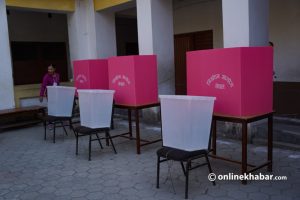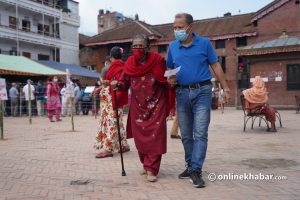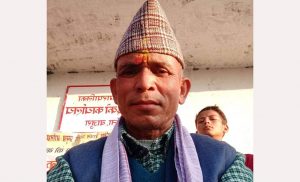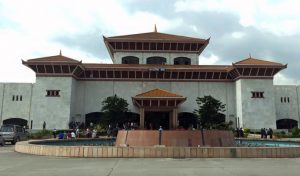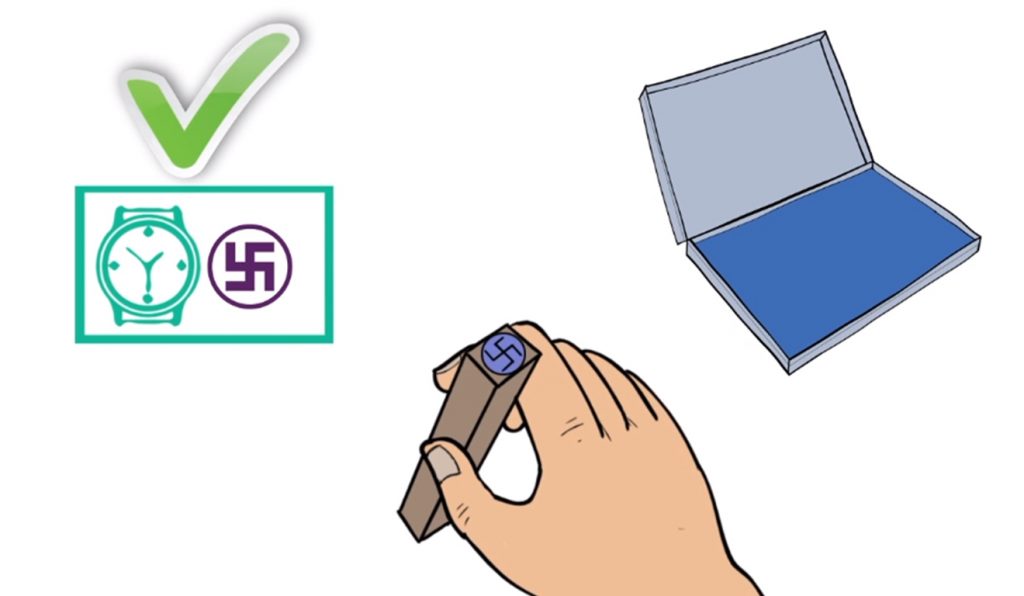
Ready to vote in the parliamentary elections scheduled for today? Or, are you still confused about how to express your choices in the provincial and federal elections this time?
You might have already participated in the local elections held on May 13 earlier this year. However, this batch of provincial and federal elections is a bit different and slightly more complicated. So, here are some points to remember and things to do before and during the provincial and federal elections so that you use your fundamental right to vote in a free, democratic setting and also take care of your duties.
1. Confirm that your name is on the voter’s list

Just before the elections, the Election Commission makes public the database of the voters on its website. To check that, one can simply go and choose their province, districts, (rural) municipalities, wards and respective voting centres. Once done, submit and go to the initial letter of your name to check your name on the list.
If you have registered as a voter but are not sure where your name has been listed, tally the options with your voter’s card and find the right voting centre before you stand in line for the provincial and federal elections.
2. Get inked
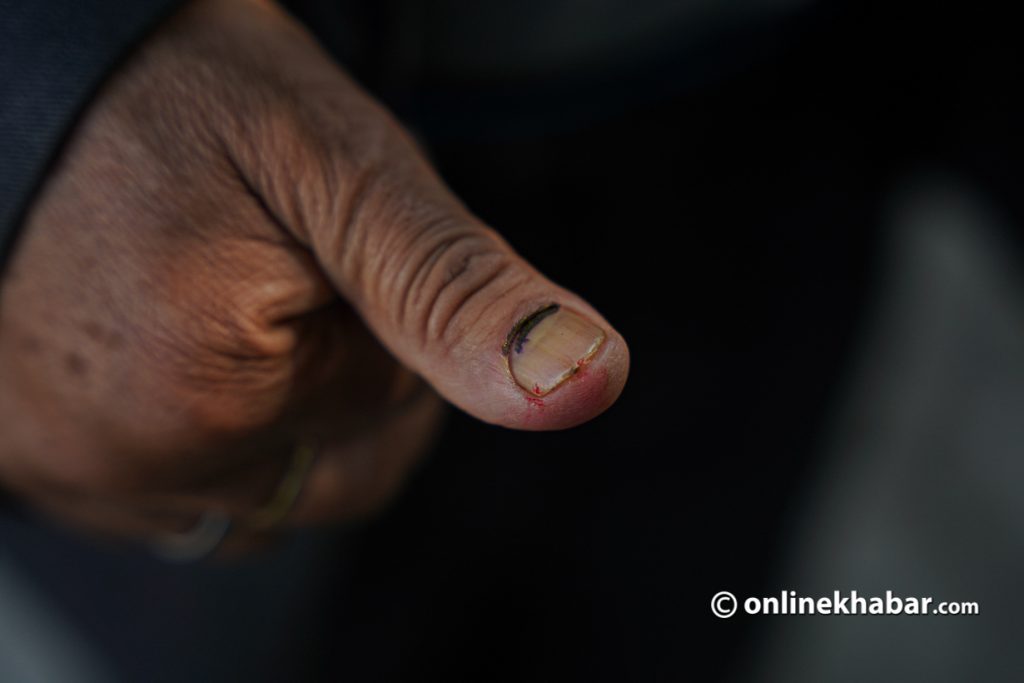
Once you reach your respective voting centre for provincial and federal elections, there will be people to help you tally your name on the list and guide you through the process. You will have to go through a few steps before you can cast your vote and, in each step, you will have to show your voter’s identity card.
There will be a few representatives who will tally your name on the list and after that is done, you will have to get inked. A representative will apply ink on the thumb of the left hand so that it falls between the nail and the flesh. This is proof that you are eligible to vote and have participated in the process. Without getting inked, you will not be allowed to enter the voting booth.
3. Cast your vote
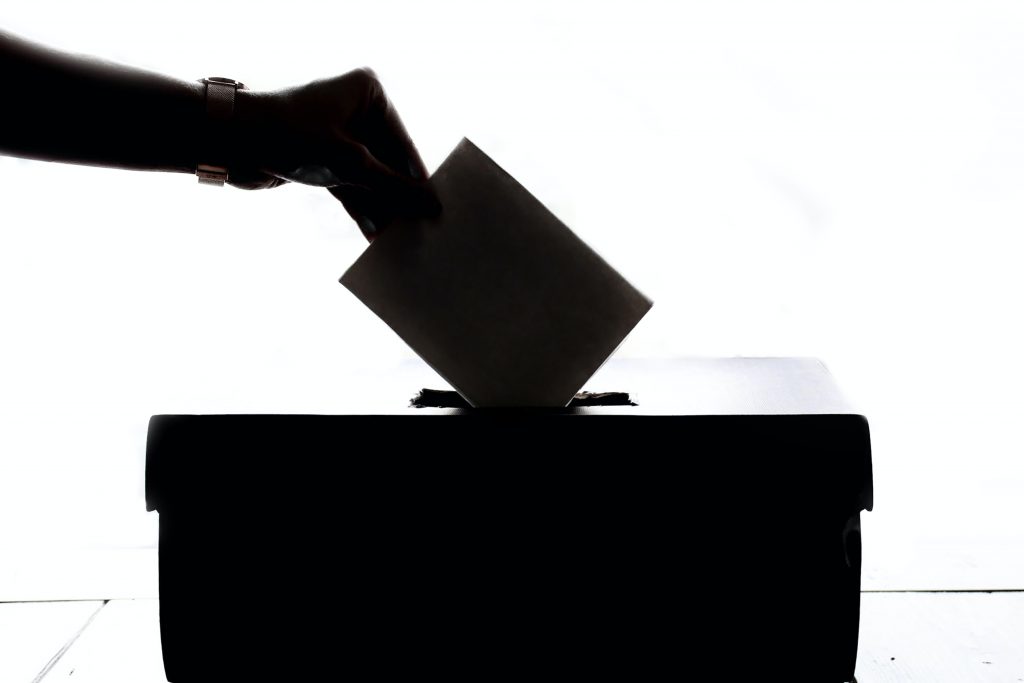
For the provincial and federal elections this time, you will have four ballot papers to cast your votes on and choose your desired representatives at the federal and provincial levels. The four steps you need to follow are divided into two parts:
1. Federal elections
A federal parliament consists of a total of 334 members in the House of Representatives (HoR) and the National Assembly (NA). Out of the 334, the HoR has 275 members and the NA has 59 members. You need to understand that the House of Representatives is the only directly-elected federal assembly, and the November 20 federal elections mean the elections of the House of Representatives.
I. Vote for first-past-the-post (directly elected) members
In the first of four steps, the voters will choose 165 representatives, one from each of the electoral constituencies demarcated by the commission based on population and geographic convenience and speciality. The elected members have a term of office of five years.

- For this, you will be given a ballot paper with the election symbol printed in red on a white background.
- When you get it, clearly indicate your vote for your desired candidate’s election symbol with a swastika stamp, which will be available at the voting booth. Do not use anything else.
- Once done, fold the ballot paper in a way that does not smudge your ink stamp box and drop it in a box marked “1”, written in red on white paper.
II. Vote for the proportional representation members
In this part of the voting process, you will continue voting for the House of Representatives, but this time, you will vote under the proportional representation election system. In this system, the entire country is considered a single constituency, and you will have to vote for your favourite political party (not the candidate).

- For this, first, get your ballot paper from the staff there. [You do not need to confirm your name on the voters’ list again with the representatives hereafter]. This ballot paper will have election symbols of the parties and other details printed in black on a white background. Here too, mark your vote with a swastika stamp on the election symbol you desire.
- When done, fold the ballot paper without smudging your ink and drop the ballot paper in a box marked “2”, written in black ink on white paper.
2. Provincial elections
Nepal has been divided into seven provinces, and each province has its own legislative body, called the Provincial Assembly. The sizes of provincial assemblies are different from province to province based on the population of the concerned province, but, in total, there will be 550 members elected.
Similar to the House of Representatives, the elected members have a term of office of five years, elected through two election systems as in the House of Representatives.
I. Vote for first-past-the-post (directly elected) members
Through direct representation, the voters will elect 330 members, which is double the number of members elected to the House of Representatives through the first-past-the-post (direct) elections. It makes up 60 per cent of the total number of members.

- Like the first ballot paper, this one too has the election symbols and other details printed in red on a white background.
- The next step is to indicate your vote on your favourite candidate’s election symbol with a swastika stamp.
- Finally, fold the ballot paper correctly without messing up your choices and then drop it in the ballot box with a sticker “3”, written in red ink on white paper.
II. Vote for the proportional representation members
This second ballot paper, the fourth overall, is for proportional representation elections of the provincial assembly. As in the case of the House of Representatives, under the proportional representation election system for your provincial assembly too, you will vote for a party and not the candidate.

- Take the second ballot paper with the election symbol and other details printed in black on a white background.
- Once you get the ballot paper, mark your vote clearly on a candidate’s election symbol with a swastika stamp available at the booth.
- If you think your ink has dried, fold the ballot paper correctly and drop it in a ballot box “4”, written in black ink on white paper.
Things to remember
- Carry a valid voter’s identity card. Do not carry phones, weapons or stationery.
- While casting your vote in these provincial and federal elections, make sure to vote only with a swastika stamp. Also, make sure that you are within the box, on which you want to vote; do not overlap with the other boxes or leave the ink on your ballot paper doubled, smudged or unclear.
- Fold the paper in a way that not just prevents smudging but also prevents your privacy.
- Once done with all four of your ballot papers, quietly exit the voting centres and do not discuss your vote with the other people.





